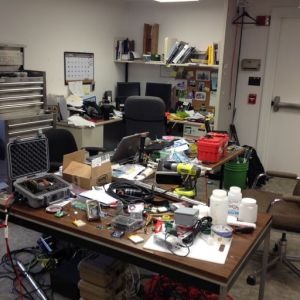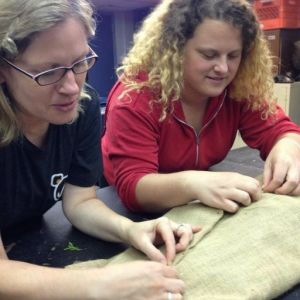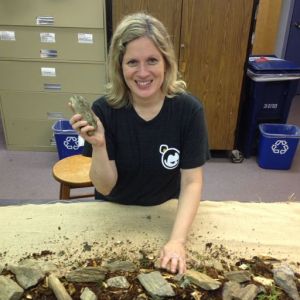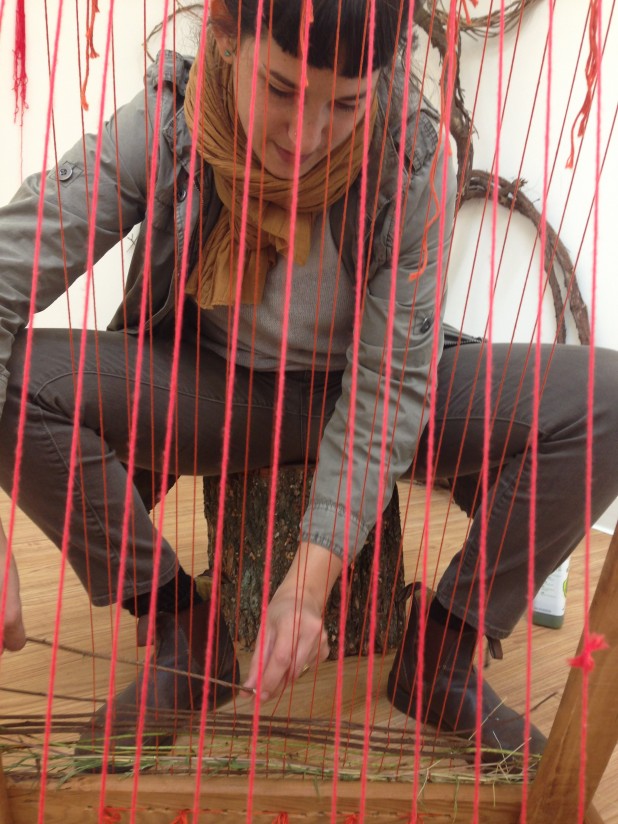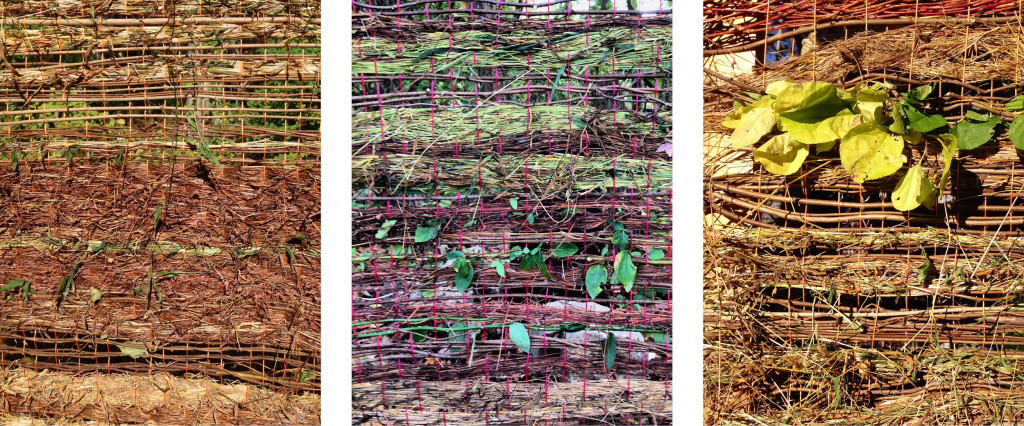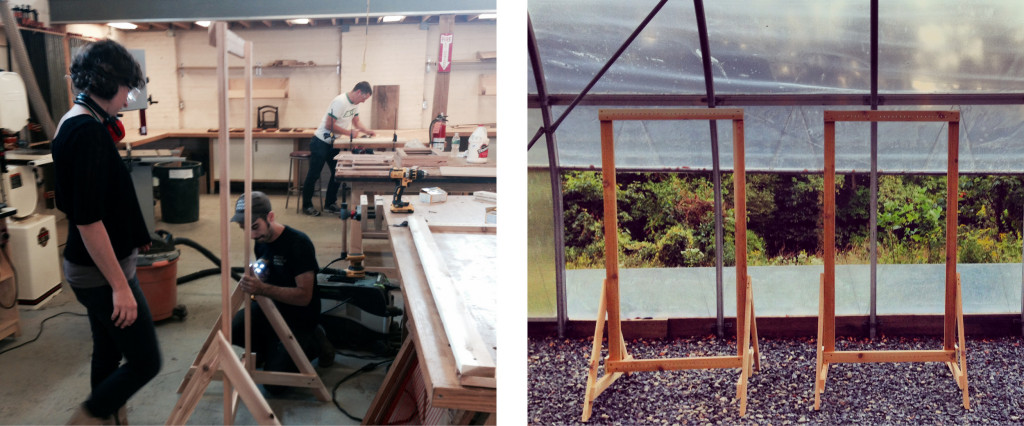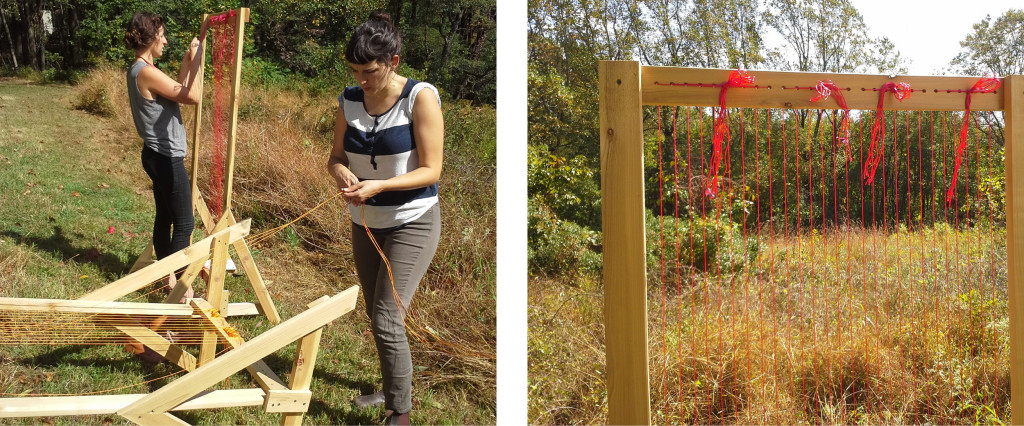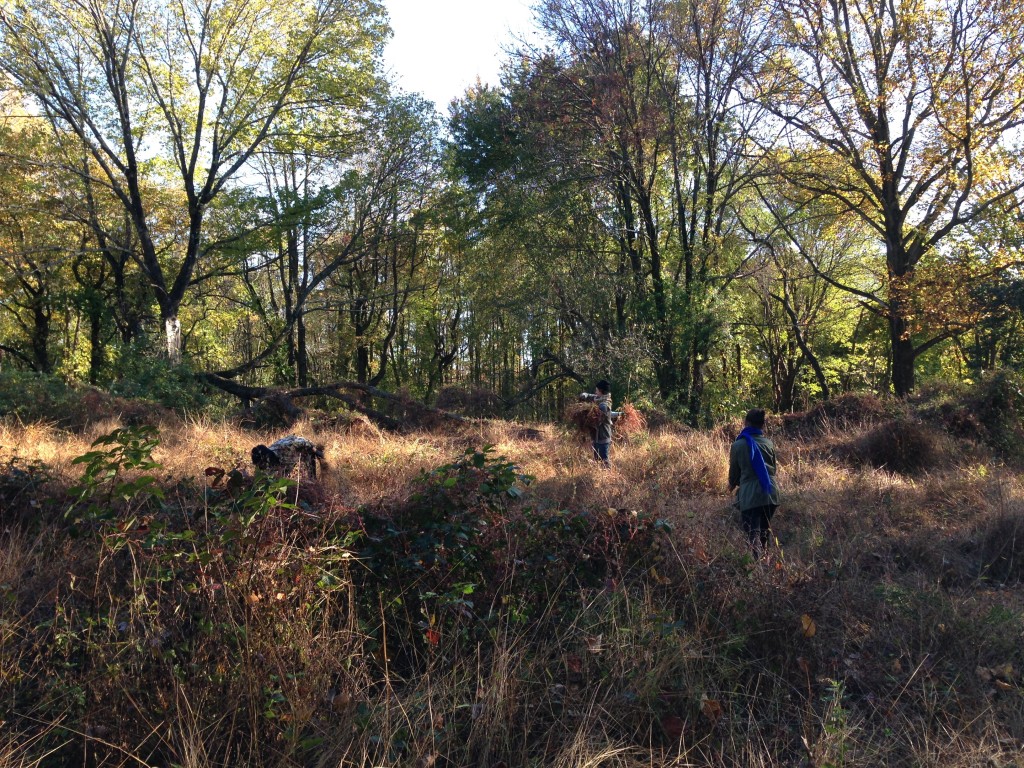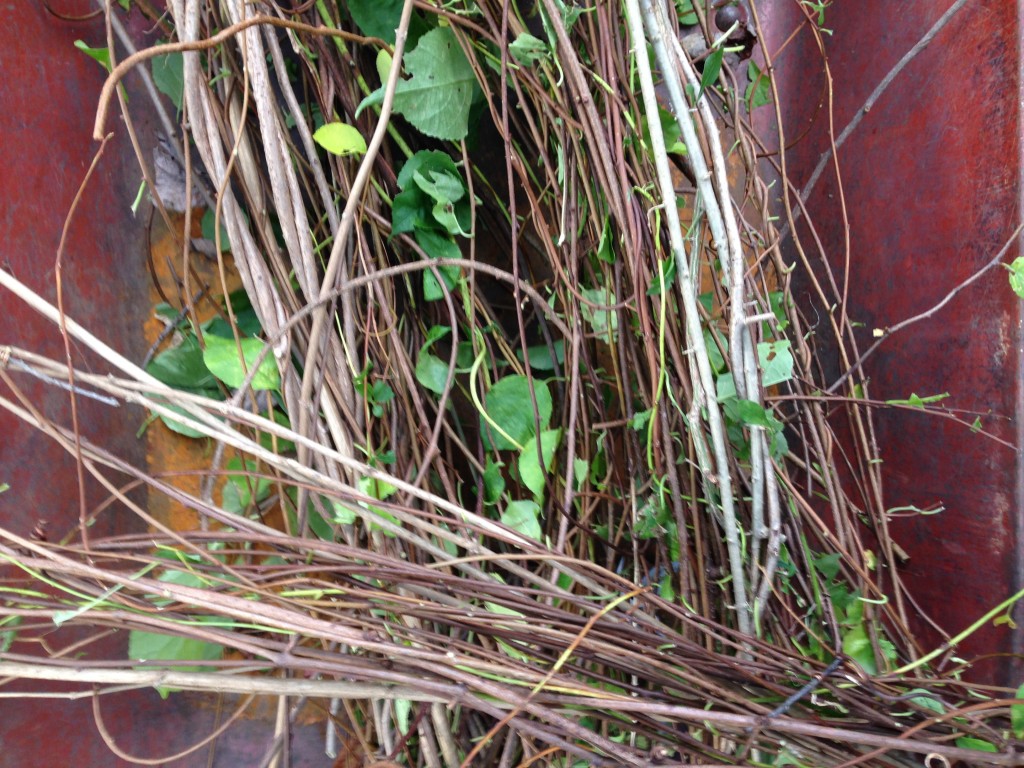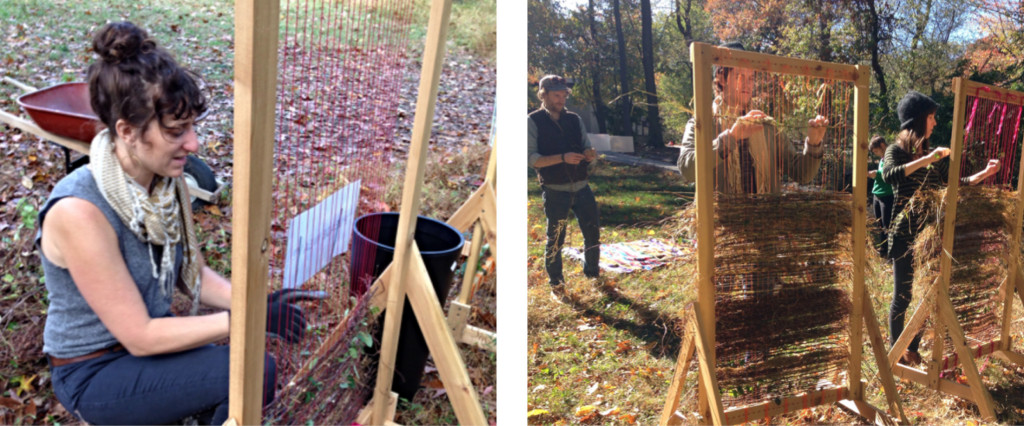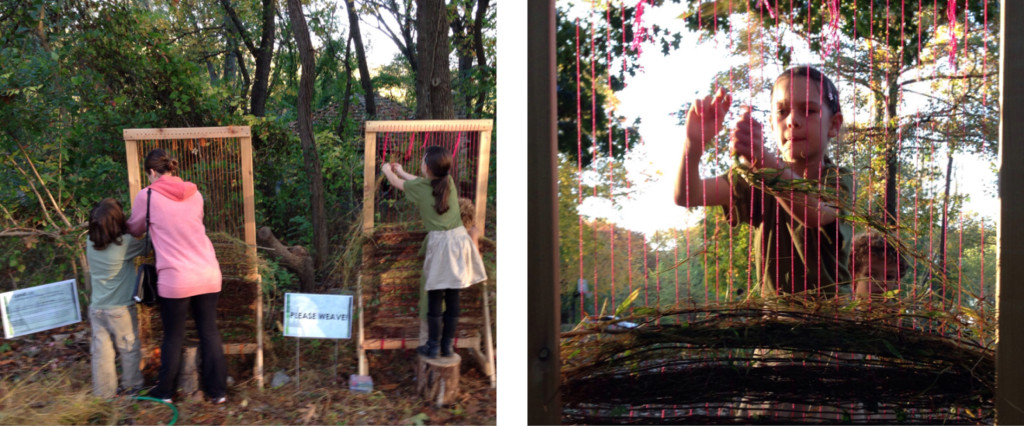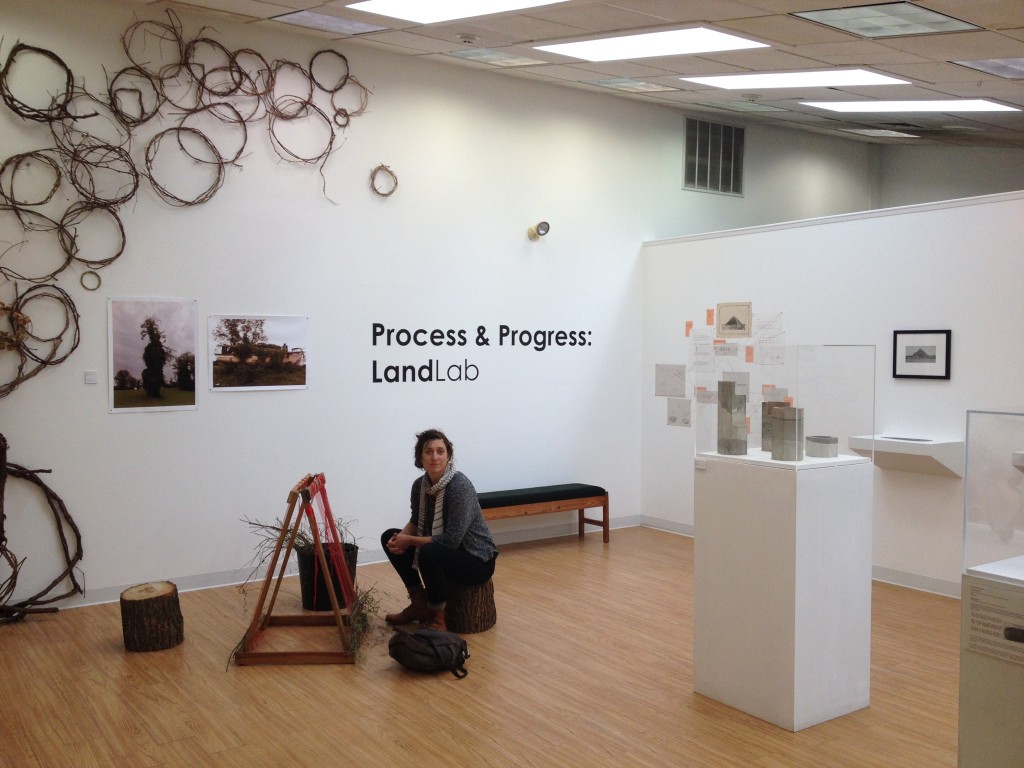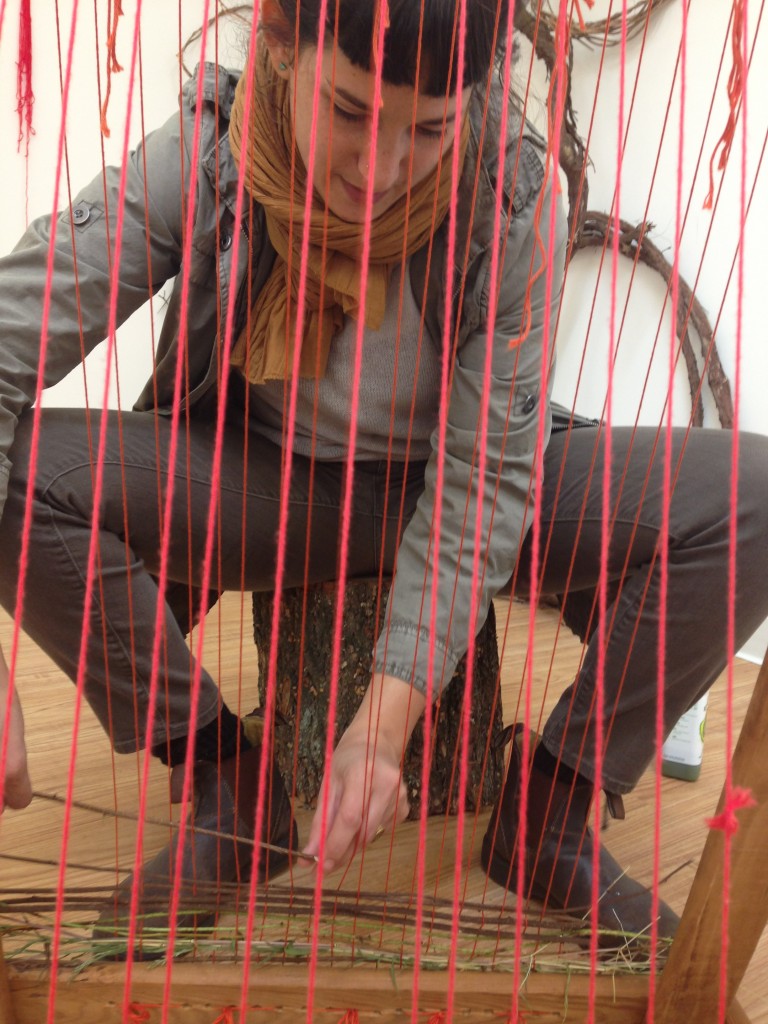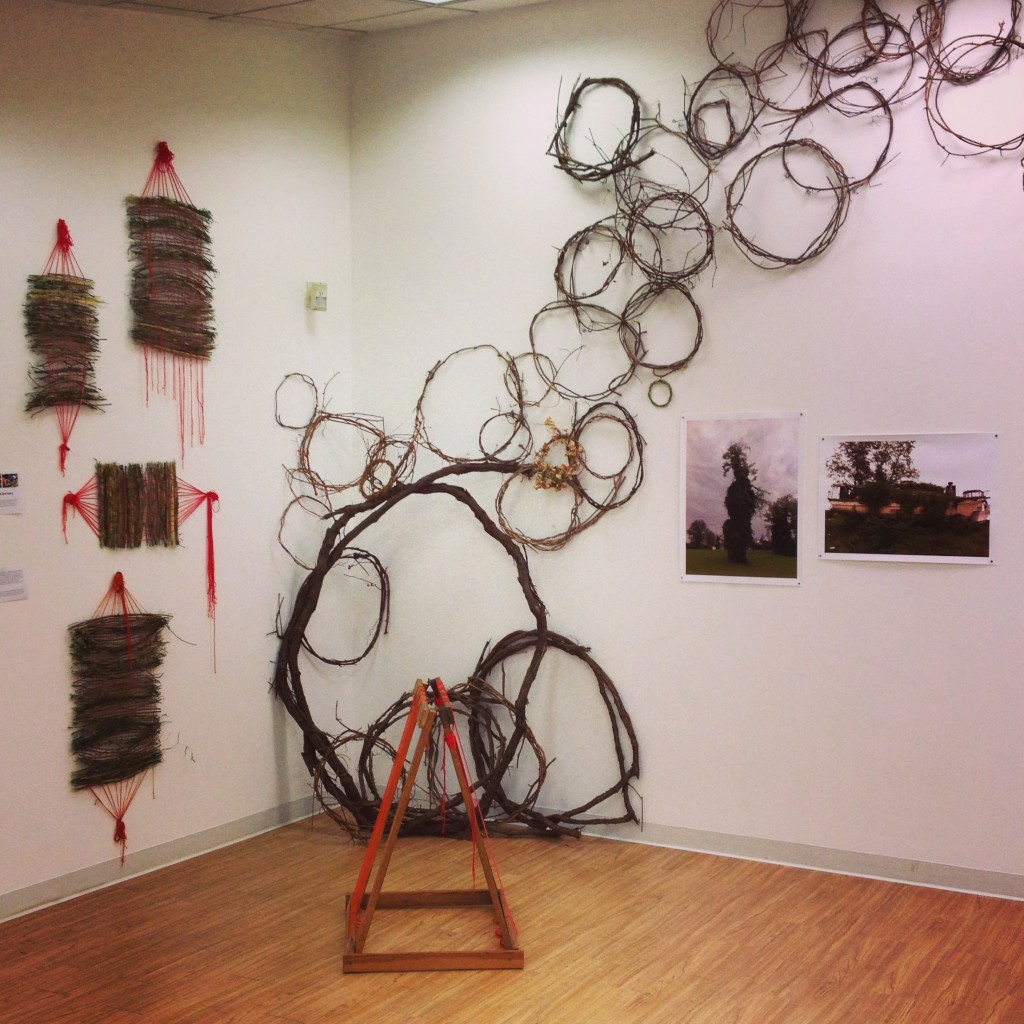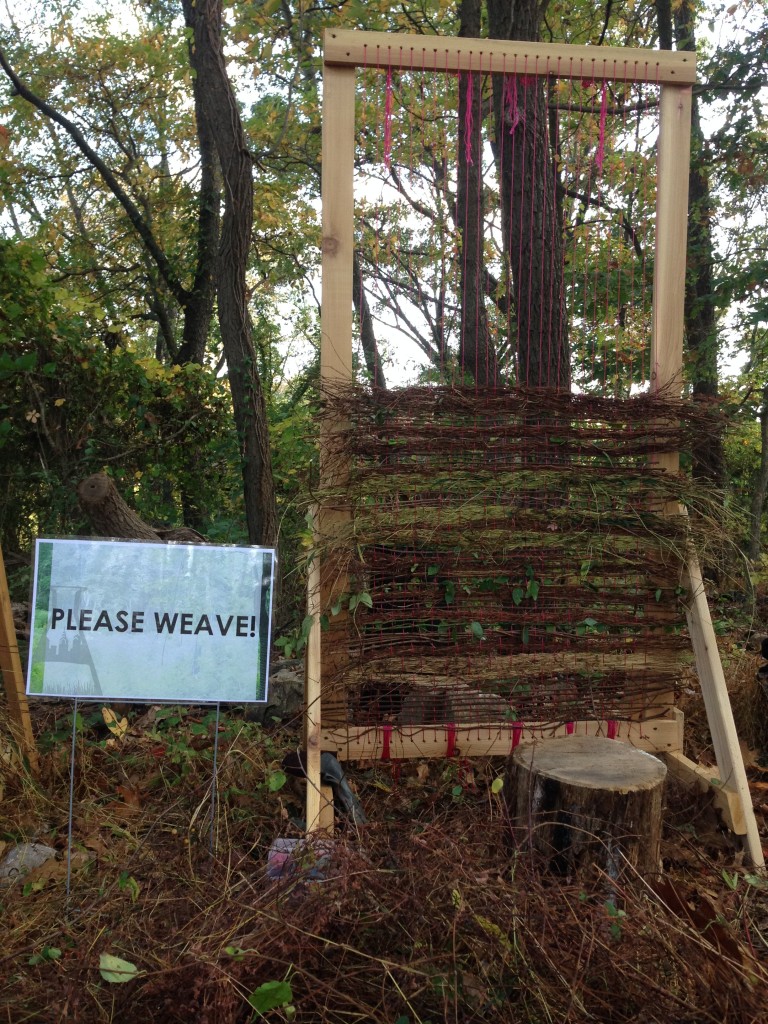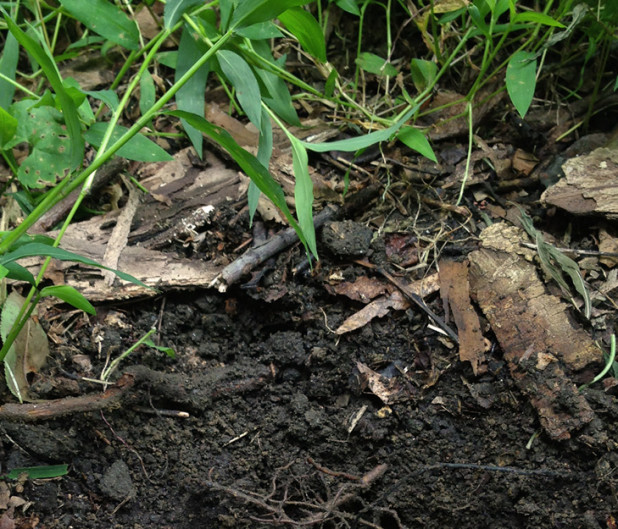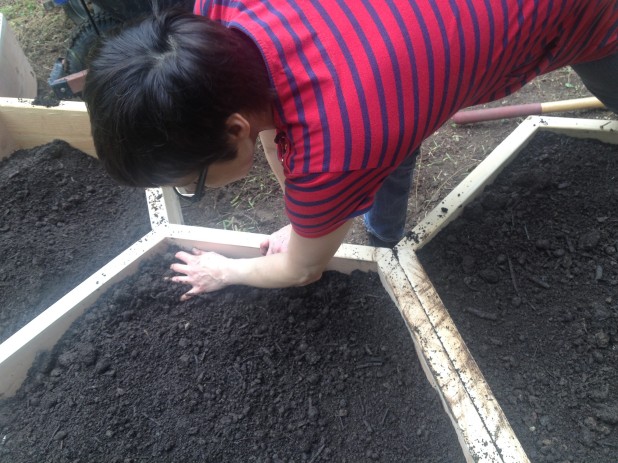Guest contributor Leslie Birch, 2014-2015 LandLab Resident Artist
A few years ago I sat at my computer reading the latest on the demise of the glaciers in the Arctic. I was angry with the polluting corporations, fed up with the greed of the oil industry, disgusted by people’s consumption, and alienated by a government ruled by lobbyists. I felt frozen, as if calamity had already happened; some days I was even bleak about the future. My home thermostat was set to 69, two of my computers were on, I was surrounded by electronic parts for a project and I was getting ready to drive to Whole Foods in a Honda Element wearing a puffy NorthFace jacket picturing a tall Chai Latte. Feel free to laugh, as I’m certainly laughing now as I write this. How long did it take me to figure out that I was the problem?
Luckily for me a a few years ago I also discovered the Schuylkill Center’s LandLab program and started an investigation of a gully that had formed from stormwater runoff on the southeastern side of the Center’s property near Port Royal Ave. This water finds its way down to Wind Dance Pond, where it eventually overflows into the stream. With the help of Stroud Water Research Center I was able to develop a monitoring system to measure the changing depths of the stream. While this was an interesting project, what is pertinent is the fact that I was forced to face climate change head on. Philly is getting hotter and wetter, and while the Center can’t stop mother nature’s waters it can encourage artists like me to communicate the problem and get involved.
After the project was over, the Center asked me to collaborate on two other art/education projects dealing with water issues, thanks to a grant from CUSP (Climate & Urban Systems Partnership). CUSP is working on preparing Philadelphia for the future issues brought by climate change and they work locally getting neighborhoods on board using friendly techniques. I decided to join their efforts and have become part of a team of organizations and individuals starting conversations, offering education and demonstrating mitigation techniques.Thanks to their workshops I’ve learned how to discuss this topic without scaring people, have discovered what other partner cities are doing to face the same issues and have attended lectures by experts in the field. I should mention that I don’t have a science background, but I do consider myself a citizen scientist. CUSP’s strength is its ability to bring all types of people together, and later in the year I worked with another member artist to create the first climate change art festival under their umbrella in Fishtown. It was exciting to create my own art on the topic of corn and weather, and fascinating to see how people expressed their climate concerns using mixed media, including spoken word and music. The Schuylkill Center’s fall 2016 exhibition on climate change was part of the same grant and has brought together even more artists and enabled more people to join the conversation.
As you can see, what started as a small project has snowballed, and I find myself looking for other ways to combine my interests to work on the problems of climate change. One of my strengths is working with electronics, so I recently joined Public Lab, a grassroots movement using DIY techniques to address environmental concerns. I attended their LeafFest gathering, which was a weekend camping trip where members demonstrated their latest environmental work including solar balloons, an Arduino modem style device and a trail cam. I learned about a project they are developing which uses a houseplant and aquarium pump to help reduce toxins in the air. They sent me home with those materials and soon I’ll be creating a tutorial for the project that can be shared around the world. It’s all part of the mission to offer open source methods to monitor and mitigate environmental issues.
So, having come from a state of being frozen like a glacier, I too am melting. There are many small changes that can help this planet,and I’m starting to make them part of my life. Nowadays I’m walking to the grocery store with my husband. It’s great exercise, less stressful and certainly kinder to the environment. I recently learned just how important it is to give feedback to our government officials about environmental matters. So, I’ve returned to my old ways of calling legislators and writing emails. Now I’m learning how to combine art and activism through free webinars from The Center for Artistic Activism. Someday I hope to engage other groups and artists in work that goes beyond education and actually encourages others to make changes.
My story isn’t “yea, me” because there is probably a lot more I can do to serve this world. However, it is a huge thank you to the Schuylkill Center for helping me to realize that by working on one small problem I would gather the courage to do more. There is a reason for the Center’s commitment to the arts and it goes beyond appreciation for beauty; it’s another strategy for voice and change. We all have the ability to do more, whether it be to add water-loving plants to our yard, to make a roof reflective, to buy our food locally or to just have a conversation about the environment with our neighbor. Doing one small thing makes all the difference. What kind of strategy or skill can you offer to help Philadelphia prepare for the changes that are already beginning?

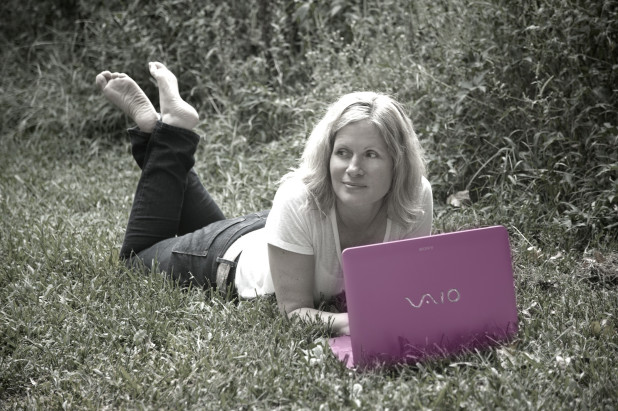
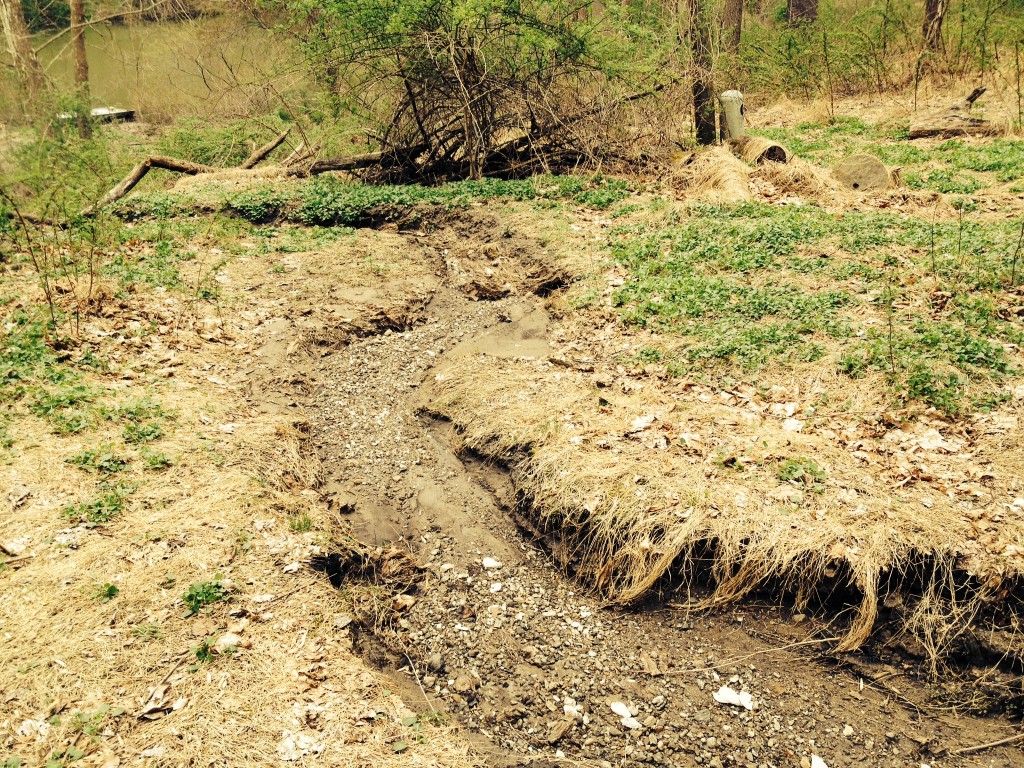
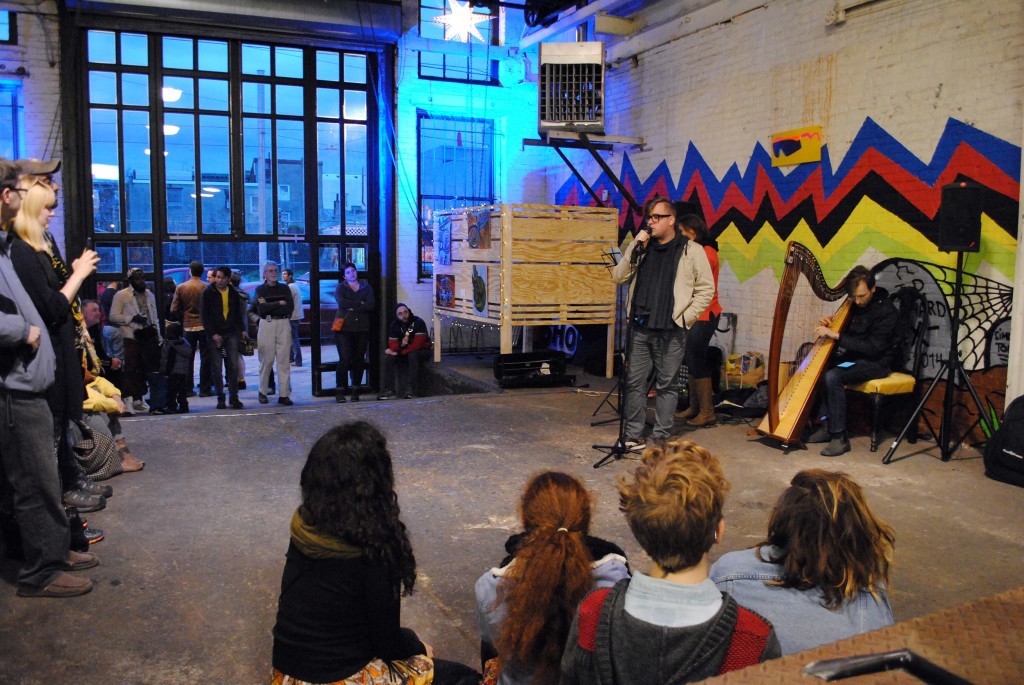
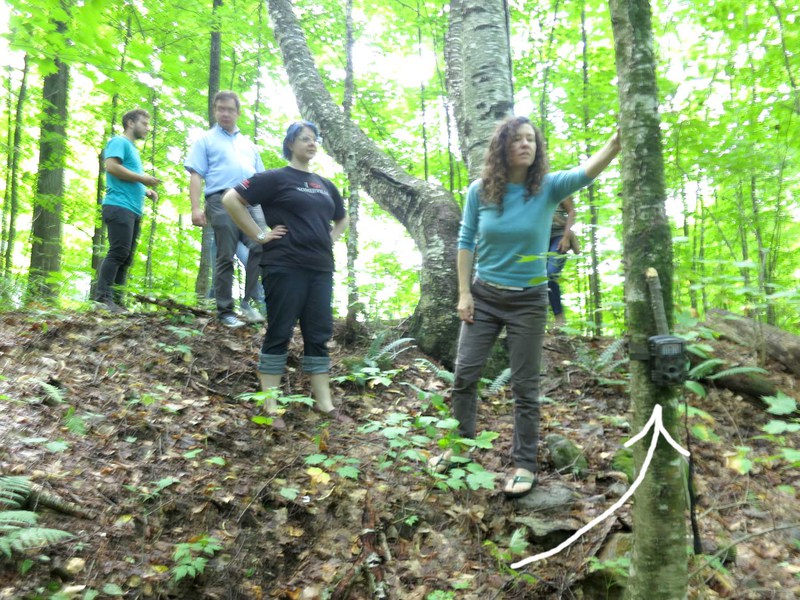
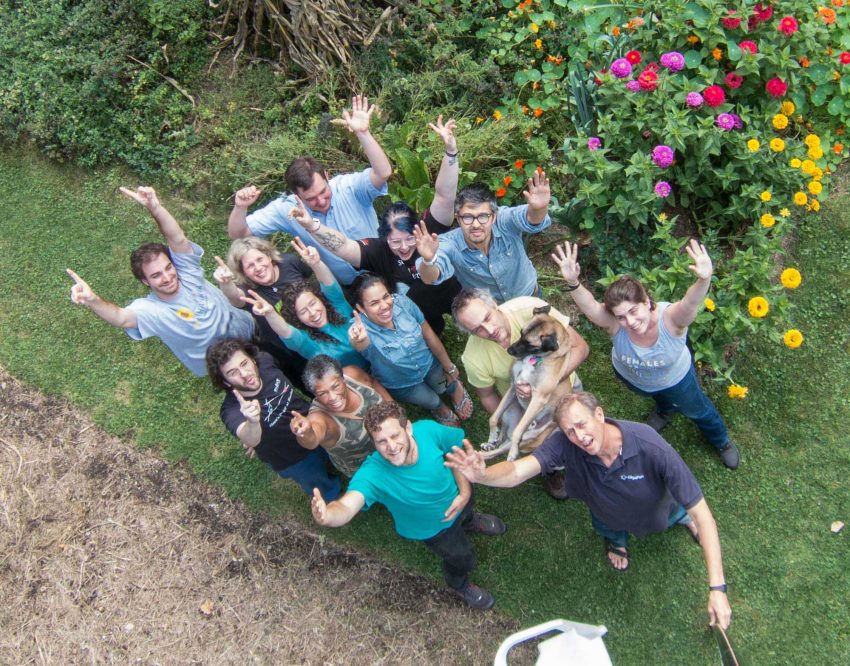
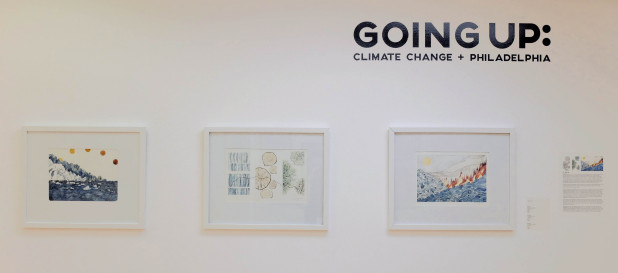
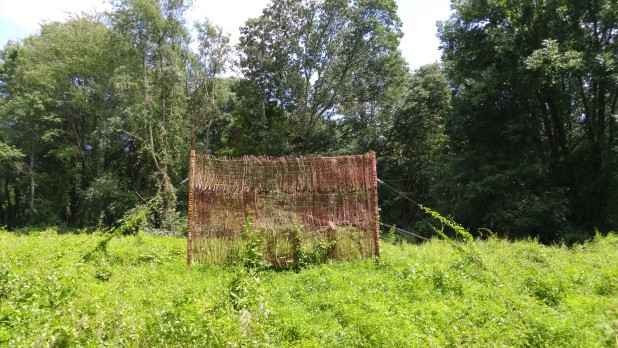
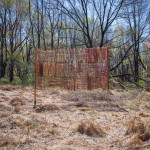

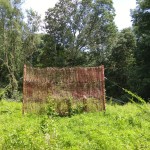
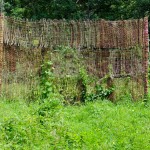
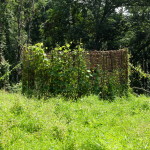
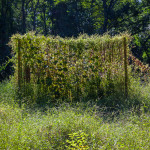
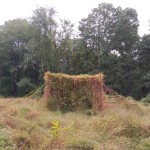
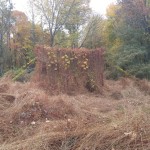
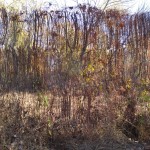
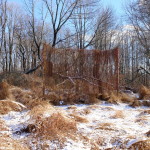
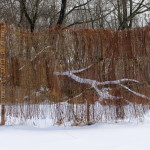
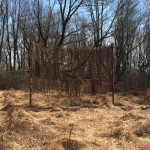
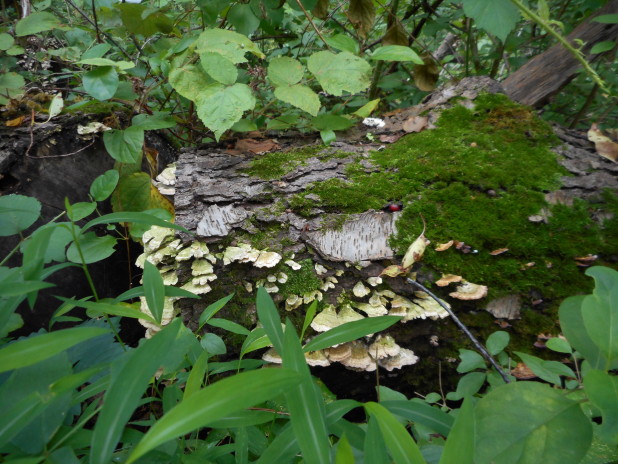
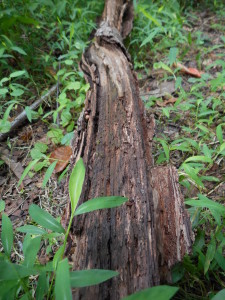
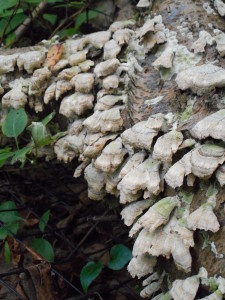
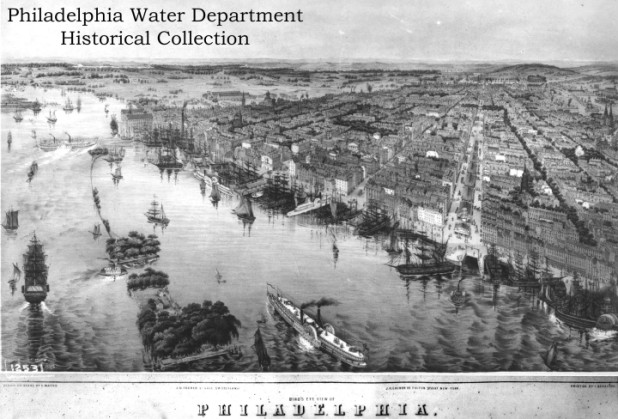
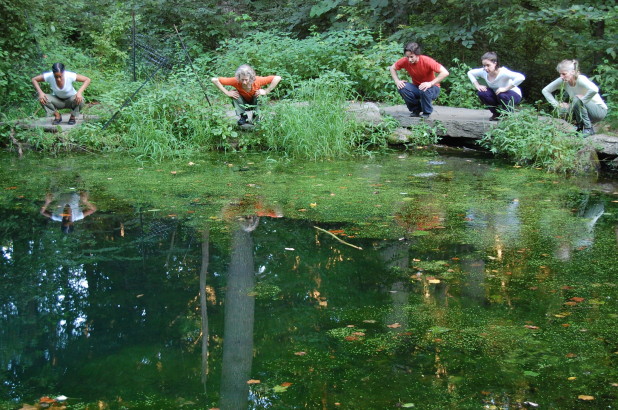
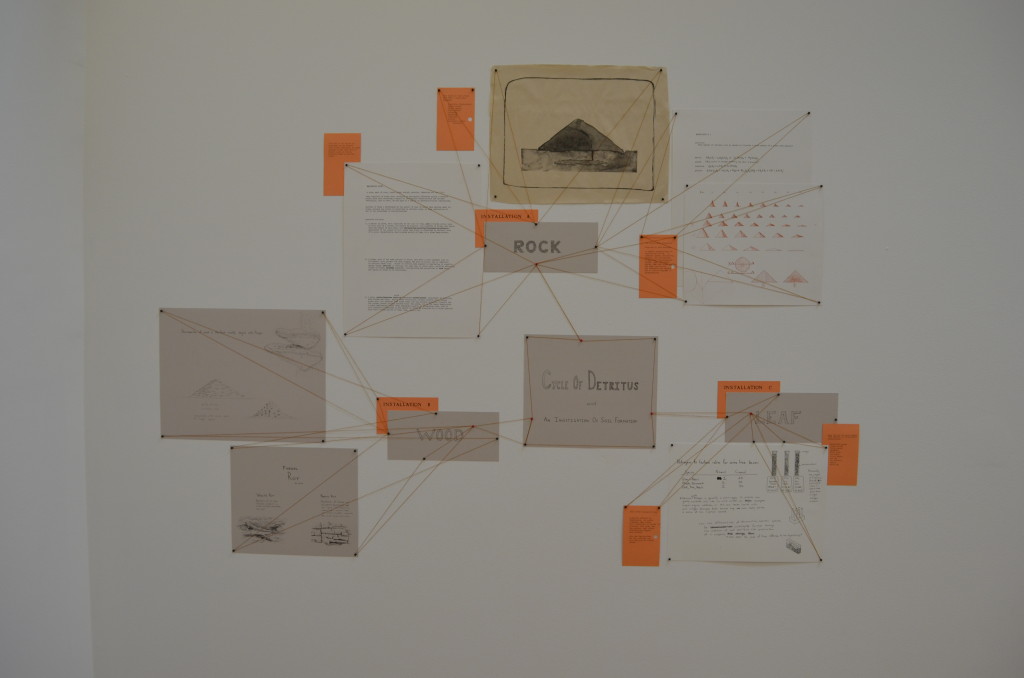
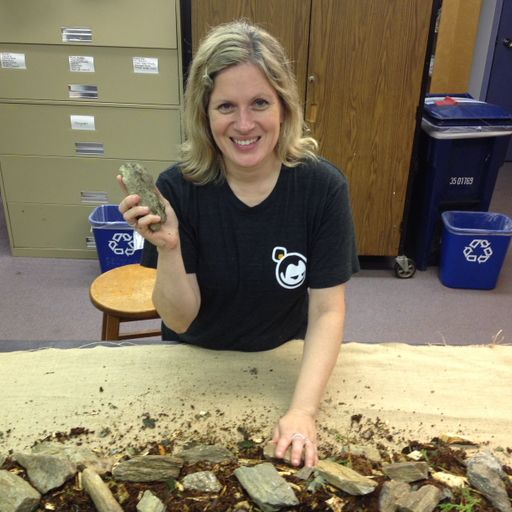
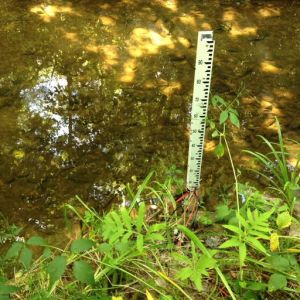
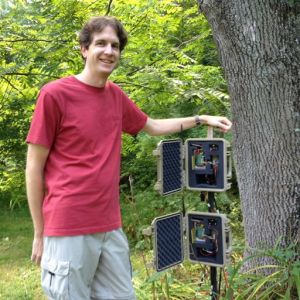 Although this was not a heavy storm, at least I saw the puddling on Port Royal Ave., and I can imagine in a larger storm what the situation might be. In fact, seeing how difficult it is to actually record a storm makes the idea of a stream monitor even more valuable. So, I made a visit to
Although this was not a heavy storm, at least I saw the puddling on Port Royal Ave., and I can imagine in a larger storm what the situation might be. In fact, seeing how difficult it is to actually record a storm makes the idea of a stream monitor even more valuable. So, I made a visit to 